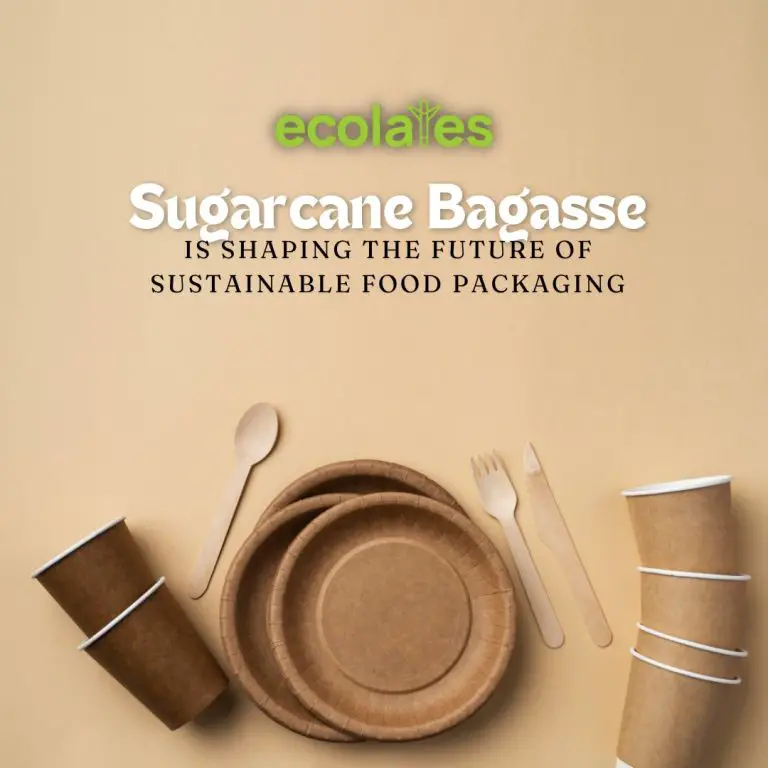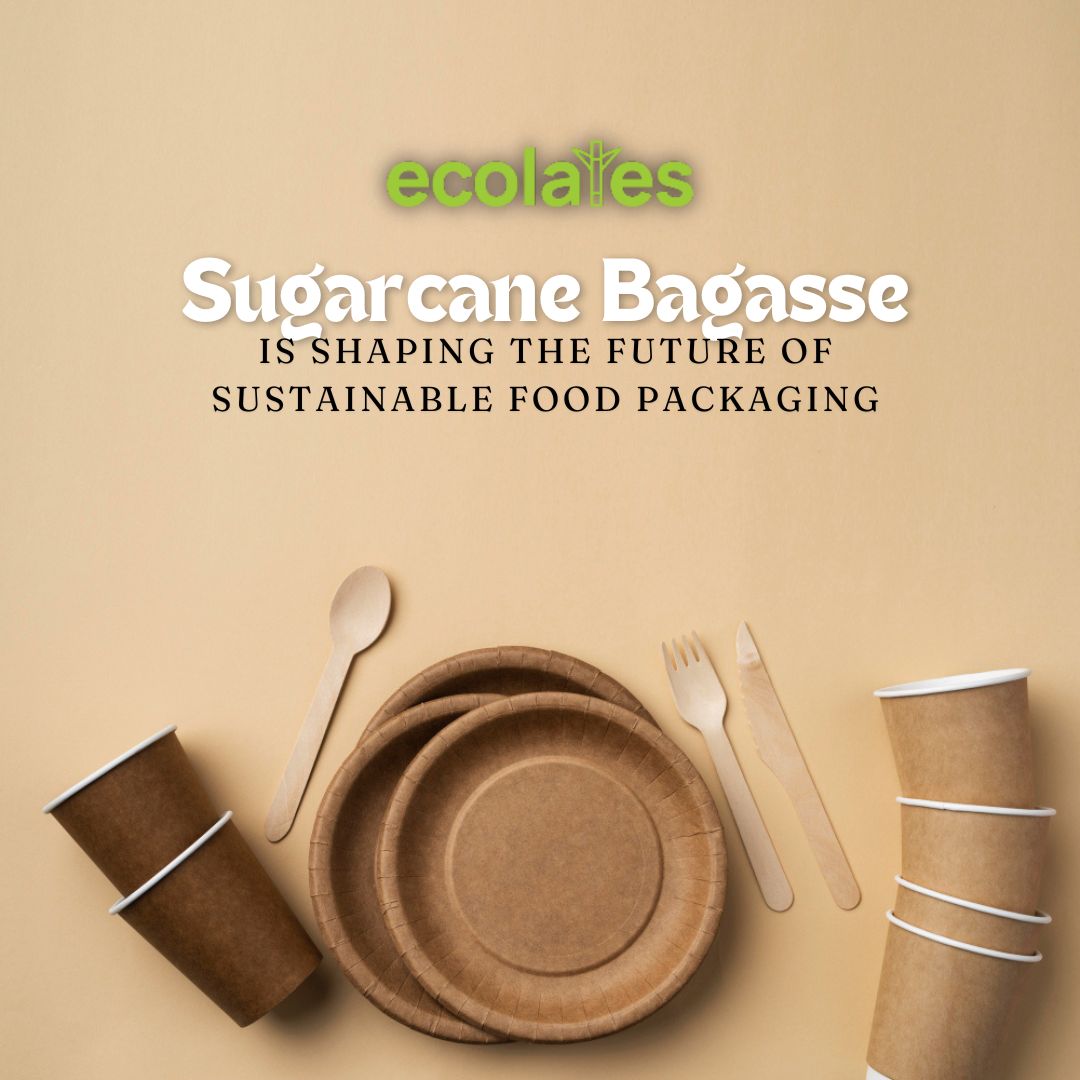
As diners become increasingly eco-conscious, the food service industry is embracing sustainability with 100% natural and compostable tableware. This guide explores the benefits of using sugarcane bagasse and other natural materials in the food service industry and provides practical steps for restaurants and caterers to implement these eco-friendly solutions effectively.
Benefits of 100% Natural and Compostable Tableware
Environmental Advantages
Reduction of Plastic Waste: Traditional plastic and Styrofoam tableware contribute significantly to pollution. In contrast, sugarcane bagasse tableware decomposes within a few months, offering a sustainable alternative that reduces landfill waste and ocean pollution.
Biodegradability: Sugarcane bagasse products are fully biodegradable and compostable. They break down naturally, enriching the soil and leaving no toxic residues, unlike plastics that persist in the environment for centuries.
Resource Efficiency: By using sugarcane bagasse, an agricultural by-product, the production of tableware becomes more resource-efficient. This repurposing reduces the need for virgin materials, lowering the environmental footprint.
Consumer Appeal
Eco-Conscious Attraction: Today’s consumers are drawn to establishments that prioritize environmental responsibility. Offering compostable tableware can attract eco-conscious diners, enhancing your restaurant’s brand image and competitiveness.
Health Benefits: Natural materials like bagasse are perceived as safer and healthier than plastic, which can leach harmful chemicals into food. This aligns with growing consumer demand for toxin-free dining options.
Operational Benefits
Cost Efficiency: Although initially more expensive, compostable tableware can lower waste disposal costs and attract a broader customer base, potentially increasing revenue.
Simplified Waste Management: Using 100% compostable tableware simplifies waste management by eliminating the need for separate recycling and landfill disposal processes, streamlining operations.
Step-by-Step Guide for Integrating Eco-Friendly Solutions
- Evaluate Current Practices
Conduct a Waste Audit: Assess your establishment's current waste output to identify opportunities to replace non-recyclable items with compostable alternatives, focusing on high-usage areas.
Review Suppliers: Investigate if your current suppliers offer compostable options. If not, seek out new suppliers that specialize in eco-friendly products and request samples for evaluation.
- Choose the Right Materials
Material Options: Familiarize yourself with various natural materials:
- Sugarcane Bagasse: Biodegradable, heat-resistant, and made from agricultural waste.
- Bamboo: Durable and renewable but often more expensive.
- Palm Leaves: Aesthetically pleasing but less durable for hot or greasy foods.
Evaluate Costs and Availability: Consider the cost and availability of these materials to ensure they align with your budget and supply chain needs.
- Implement Changes
Test and Evaluate: Start by using compostable tableware for specific services, such as takeout. Collect feedback from staff and customers to assess performance before full implementation.
Train Staff: Educate your team about the benefits of compostable tableware and proper waste management practices to ensure smooth integration into daily operations.
- Promote Your Green Initiative
Marketing: Highlight your transition to 100% natural and compostable tableware in menus, websites, and social media. Communicate your commitment to sustainability clearly and engagingly.
Customer Engagement: Inform customers through signage and direct communication about your eco-friendly practices, encouraging their participation and feedback.
- Monitor and Improve
Track Progress: Regularly review the impact on waste reduction and customer satisfaction using metrics such as waste volume and feedback.
Seek Feedback: Continuously gather input from customers and staff to identify areas for improvement, enhancing the green dining experience.
Conclusion
Adopting 100% natural and compostable tableware, like sugarcane bagasse, is crucial for reducing environmental impact and meeting modern consumer demands. By following these steps, restaurants can create a greener dining experience, position themselves as sustainability leaders, and contribute to a healthier planet.





